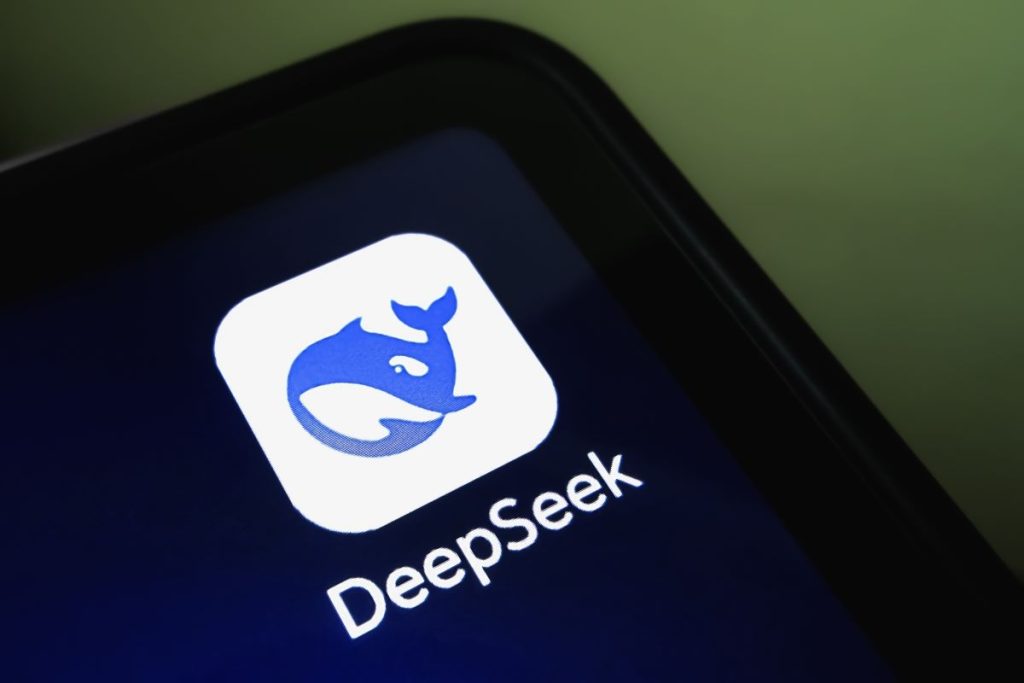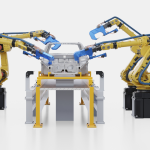Cheaper AI, Energy Considerations, and Global Trade Implications
The emergence of DeepSeek-R1, a new AI model developed by the Chinese start-up DeepSeek, has sparked discussions about cost efficiency, geopolitical ramifications, and its potential impact on enterprise software. Built at a fraction of the cost of Western generative AI models and using lower-performance AI chips, DeepSeek-R1 challenges assumptions about the scalability and affordability of artificial intelligence. While skepticism remains, independent analysis suggests that the breakthrough is real, raising critical questions for industrial enterprises.
Cheaper AI Could Drive Down Software Costs
One of the most immediate benefits for enterprises is cost reduction. Enterprise software firms are racing to integrate AI, particularly generative AI, into their platforms. These implementations improve user interfaces and uncover hidden patterns within supply chain networks, but they come at a cost—technology providers currently rely on OpenAI, Microsoft, and Google for AI capabilities, with expenses passed down to users. If DeepSeek’s approach proves viable, it could enable software vendors to adopt more affordable AI solutions, ultimately lowering costs for businesses.
Many large organizations also develop AI-driven solutions in-house to address operational complexities that off-the-shelf software cannot fully capture. These internal AI deployments, which have historically been resource-intensive, could become more feasible and cost-effective with more affordable AI models.
Impact on Supply Chains
DeepSeek’s breakthrough could introduce new possibilities for AI-driven optimization at a reduced cost. DeepSeek’s breakthrough could introduce new possibilities for AI-driven optimization at a reduced cost. AI is already playing a critical role in demand forecasting, supplier risk assessments, and transportation planning, but current models require substantial computing power and expensive AI infrastructure. Lower-cost AI models could allow companies to scale their AI capabilities without the heavy investment required today.
More accessible AI could also improve real-time decision-making, enabling supply chain professionals to deploy predictive analytics for route optimization, warehouse automation, and inventory balancing. Additionally, with AI capable of analyzing large datasets faster and more efficiently, procurement teams may gain deeper insights into supplier performance, geopolitical risks, and cost fluctuations, allowing them to make more informed purchasing decisions.
Furthermore, as companies struggle with growing regulatory complexity, AI-driven compliance solutions could become more affordable. Customs regulations, trade compliance, and tariff tracking are increasingly intricate, and AI-powered tools could provide real-time alerts and automated documentation, reducing the risk of costly errors and delays.
Energy Demand and Sustainability Considerations
As AI usage expands, energy consumption is becoming a significant concern. AI data centers currently consume around 3% of U.S. electricity, a figure expected to triple by 2035 due to the exponential growth of AI workloads,” according to a report by the International Energy Agency. Generative AI queries require 10 to 100 times more electricity than traditional search queries, contributing to rising energy costs.
For industrial enterprises that rely heavily on data processing, electricity costs are becoming a critical factor in facility planning. As companies evaluate locations for new operations, energy availability and pricing will play an increasingly important role. Additionally, sustainability goals—especially those tied to Scope 2 emissions from purchased electricity—will push enterprises to consider AI-driven energy efficiencies as part of their broader ESG strategies.
Trade Policies and Compliance Challenges
Beyond technology and sustainability, DeepSeek’s breakthrough also raises broader trade and policy implications. The U.S. government’s restrictions on exporting advanced AI chips to China were designed to curb technological advancements in rival nations. Yet, the development of DeepSeek-R1 suggests that AI models can still be trained efficiently using alternative methods, challenging the effectiveness of these controls.
Trade compliance is another area where AI advancements may provide relief. The Trump administration has proposed significant tariff increases as part of its ongoing economic strategy. As businesses face increasing complexity in global trade regulations, AI-powered automation could help streamline compliance, reduce risk, and improve operational efficiency for multinational supply chains.
The emergence of cost-effective AI models like DeepSeek-R1 could reshape how enterprises invest in technology. Companies that rely on AI for supply chain optimization, compliance, and decision intelligence should closely monitor these advancements. Lower-cost AI has the potential to democratize innovation, but it also forces leaders to reevaluate their reliance on Western AI providers, energy strategies, and compliance infrastructures. The next phase of AI-driven industrial operations will not just be about efficiency—it will be about strategic adaptation to a rapidly shifting technological and geopolitical landscape.





